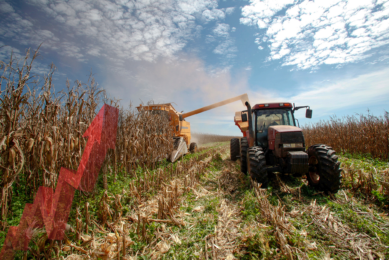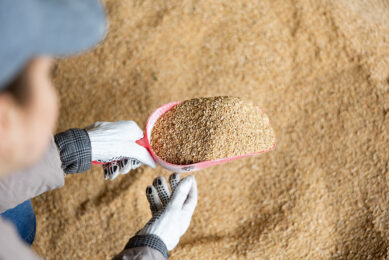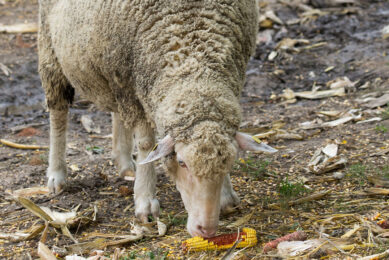Vietnamese feed suppliers stuck with stocks
Many animal-feed firms in Vietnam are stuck with large volumes of stocks after recent high prices and the rash of animal epidemics hit consumption.
In July the industry’s stocks doubled from June and were up 170% year-on-year, according to the General Statistics Office.
Nguoi Lao Dong (The Labourer) newspaper quoted many of the firms as saying sales were down 30-60%.
Nguyen Quy, director of the HCM City-based An Phu Animal Feed Enterprise, said the animal diseases would continue to have a large impact on consumption which would fall at least 15% this month.
Diseases of high pricing?
While the industry blamed the bloated inventory on the outbreaks of cattle and poultry diseases, experts said consumption of feed had fallen as a result of the continuous increase in prices.
Even when global prices fell, the companies did not cut their prices and a repetition of this situation caused many farmers to stop raising animals, they said.
Marketing director of the Animal Husbandry Material Supply JSC Dam Van Hoat said due to the high prices , some farmers switched to buying raw materials and making animal feed themselves.
Le Ba Lich, chairman of the Viet Nam Animal Feed Association, said he repeatedly warned the industry not to increase prices too much but to no avail.
Payment problems
If consumption does not pick up in the coming months, several animal-feed companies will be in trouble because their loans will become due. Most have reportedly borrowed 70-80% of their capital from banks.
Raw materials for making feed have become significantly cheaper in recent months, according to the Ministry of Industry and Trade. Dried soybean cake now costs US$330 a tonne, $34 down from two months ago and $70 early this year.
Corn prices have fallen by VND700,000 ($36) a tonne to VND4,800,000 ($251). But many companies have not reduced their prices.
Pham Duc Binh, general director of the Dong Nai Province-based feed maker Thanh Binh Corporation, said prices could not be reduced yet because the raw materials being used now were imported when prices were high. The application of the dollar had also increased production costs, he added.











